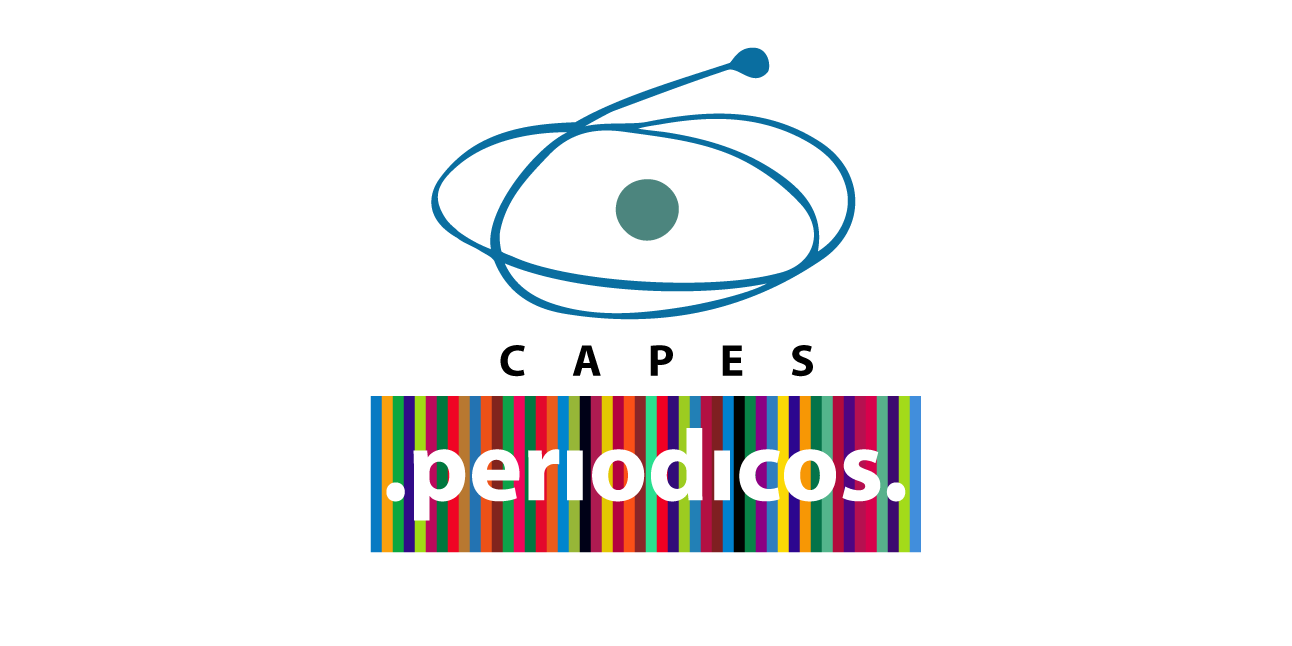Effect of ultrasound treatment in fresh apple juices from different cultivars
DOI:
https://doi.org/10.17765/2176-9192.2023v25n1e12028Palabras clave:
Cavitation, Sonication, Color analysis, PolyphenoloxidaseResumen
The sonication process is based on the cavitation phenomenon, which allows the extraction of target compounds, homogenization of solutions, and breakdown of plant cells. Thus, this paper aimed to assess the effect of ultrasound treatment in fresh apple juice to control the enzymatic browning effect. Three different apple varieties, Gala, Fuji and Argentina, were used to extract the juices, and were then subjected to ultrasound treatment for 0, 5, 15, and 30 minutes. Total soluble solids, citric acid content, pH, phenolic compound concentration, and color aspects were evaluated. Argentina apple variety had higher total soluble solids and pH values, with no visual differences between treatments. In contrast, ultrasound treatment of the fuji apple had a statistical difference to the control sample, regarding citric acid content. The analysis of the L* parameter, representing luminosity, showed slight variations ranging from 24.78 to 28.27 in all samples, with no significant differences observed among different treatment durations. Furthermore, the a* parameter showed a significant difference only for the Gala apple in the 0 and 5 min treatment. The b* and Chroma value was higher in Argentina variety (5.78 to 7.05 and 6.08 to 7.42, respectively) than in Fuji and Gala. On the other hand, a statistical difference was observed in the °HUE in Gala variety, faced to Fuji and Argentina. The content of phenolic compounds in the apples’ varieties remained unaltered by ultrasound treatment, with values ranging from 52.47 to 116.23 mg of gallic acid equivalent L-1. These unexpected results indicated no significant variations between the sonification durations in the evaluated parameters. Thus, it is suggested that a new ultrasound procedure utilizing a probe and/or temperature control may be more effective in diminishing the enzymatic browning effect.Citas
ARNOLD, M.; GRAMZA‐MICHAŁOWSKA, A. Enzymatic browning in apple products and its inhibition treatments: A comprehensive review. Comprehensive Reviews in Food Science and Food Safety, [s. l.], v. 21, n. 6, p. 5038–5076, 2022. Disponível em: https://onlinelibrary.wiley.com/doi/10.1111/1541-4337.13059.
BOTREL, N. et al. Potencial do armazenamento refrigerado para cenouras cultivadas em sistema orgânico e convencional. In: CONGRESSO BRASILEIRO DE OLEICULTURA, 52, 2012. Anais [...]. [S. l.]: Embrapa, 2012. p. S7581–S7586. Disponível em: https://ainfo.cnptia.embrapa.br/digital/bitstream/item/69967/1/A5341-T7468-Comp1.pdf.
FERREIRA, B. et al. EXTRAÇÃO ASSISTIDA POR ULTRASSOM PARA DETERMINAÇÃO DE LIPÍDEOS EM ALIMENTOS: UM EXPERIMENTO DE LABORATÓRIO. Química Nova, [s. l.], 2020. Disponível em: https://quimicanova.sbq.org.br/audiencia_pdf.asp?aid2=9145&nomeArquivo=ED2020-0114.pdf.
FERREIRA, B. L. et al. Innovative approach for obtaining phenolic compounds from guava (Psidium guajava L.) coproduct using ionic liquid ultrasound-assisted extraction (IL-UAE). Biocatalysis and Agricultural Biotechnology, [s. l.], v. 38, p. 102196, 2021. Disponível em: https://linkinghub.elsevier.com/retrieve/pii/S1878818121002929.
FERREIRA, B. L. et al. Ultrasound-assisted extraction using [BMIM][Cl] ionic liquid as an effective method for recovering phenolic compounds from the coproduct of guava processing. Food Science Today, [s. l.], v. 1, n. 1, 2023. Disponível em: https://journals.royaldataset.com/fst/article/view/5.
HAMDAN, N. et al. Prevention of Enzymatic Browning by Natural Extracts and Genome-Editing: A Review on Recent Progress. Molecules, [s. l.], v. 27, n. 3, p. 1101, 2022. Disponível em: https://www.mdpi.com/1420-3049/27/3/1101.
LUTZ, I. A. Métodos Físico-Químicos para Análise de Alimentos. 4. ed. São Paulo: [s. n.], 2005.
MOON, K. M. et al. Recent Trends in Controlling the Enzymatic Browning of Fruit and Vegetable Products. Molecules, [s. l.], v. 25, n. 12, p. 2754, 2020. Disponível em: https://www.mdpi.com/1420-3049/25/12/2754.
MOOZ, E. D.; CASTELUCCI, A. C. L.; SPOTO, M. H. F. Technological and nutritional potential of macaúba fruit Acrocomia aculeata (Jacq.) Lodd. Revista Brasileira de Pesquisa em Alimentos, [s. l.], v. 3, n. 2, p. 86, 2012. Disponível em: https://periodicos.utfpr.edu.br/rebrapa/article/view/3379.
PAN, Y. et al. Ultrasound treatment inhibits browning and improves antioxidant capacity of fresh-cut sweet potato during cold storage. RSC Advances, [s. l.], v. 10, n. 16, p. 9193–9202, 2020. Disponível em: http://xlink.rsc.org/?DOI=C9RA06418D.
QIAO, L. et al. Novel browning alleviation technology for fresh-cut products: Preservation effect of the combination of Sonchus oleraceus L. extract and ultrasound in fresh-cut potatoes. Food Chemistry, [s. l.], v. 348, p. 129132, 2021. Disponível em: https://linkinghub.elsevier.com/retrieve/pii/S0308814621001345.
SARANRAJ, P.; BEHERA, S. S.; RAY, R. C. Traditional Foods From Tropical Root and Tuber Crops. In: INNOVATIONS IN TRADITIONAL FOODS. [S. l.]: Elsevier, 2019. p. 159–191. Disponível em: https://linkinghub.elsevier.com/retrieve/pii/B9780128148877000071.
SINGLETON, V. L.; ROSSI, J. A. J. Colorimetry of total phenolics with phosphomolybdic-phosphotungstic acid reagents. American Journal of Enology and Viticulture, [s. l.], v. 16, p. 144–158, 1965.
YILDIZ, G.; AADIL, R. M. Comparative analysis of antibrowning agents, hot water and high-intensity ultrasound treatments to maintain the quality of fresh-cut mangoes. Journal of Food Science and Technology, [s. l.], v. 59, n. 1, p. 202–211, 2022. Disponível em: https://link.springer.com/10.1007/s13197-021-05001-y.
YILDIZ, G.; IZLI, G.; AADIL, R. M. Comparison of chemical, physical, and ultrasound treatments on the shelf life of fresh‐cut quince fruit ( Cydonia oblonga Mill.). Journal of Food Processing and Preservation, [s. l.], v. 44, n. 3, 2020. Disponível em: https://onlinelibrary.wiley.com/doi/10.1111/jfpp.14366.
ZAWAWI, N. A. F. et al. Thermal, High Pressure, and Ultrasound Inactivation of Various Fruit Cultivars’ Polyphenol Oxidase: Kinetic Inactivation Models and Estimation of Treatment Energy Requirement. Applied Sciences, [s. l.], v. 12, n. 4, p. 1864, 2022. Disponível em: https://www.mdpi.com/2076-3417/12/4/1864.
Descargas
Archivos adicionales
Publicado
Cómo citar
Número
Sección
Licencia
A Revista se reserva o direito de efetuar, nos originais, alterações de ordem normativa, ortográfica e gramatical, com o intuito de manter o padrão culto da língua, respeitando, porém, o estilo dos autores. As opiniões emitidas pelos autores são de sua exclusiva responsabilidade.Juntamente com o e-mail de aceite (para casos de aprovação) será encaminhado modelo da Carta de Direitos Autorais que deverá conter o nome completo dos autores, bem como dados de documentos pessoais e assinada por todos os autores e coautores envolvidos no trabalho.










